If you’re familiar with cars and the automotive world in general, you’re probably aware that continuously variable transmissions (CVT) are usually seen on more practical vehicles and econoboxes. That said, this type of transmission has gotten a bad rap from car enthusiasts with most even calling it “boring.”
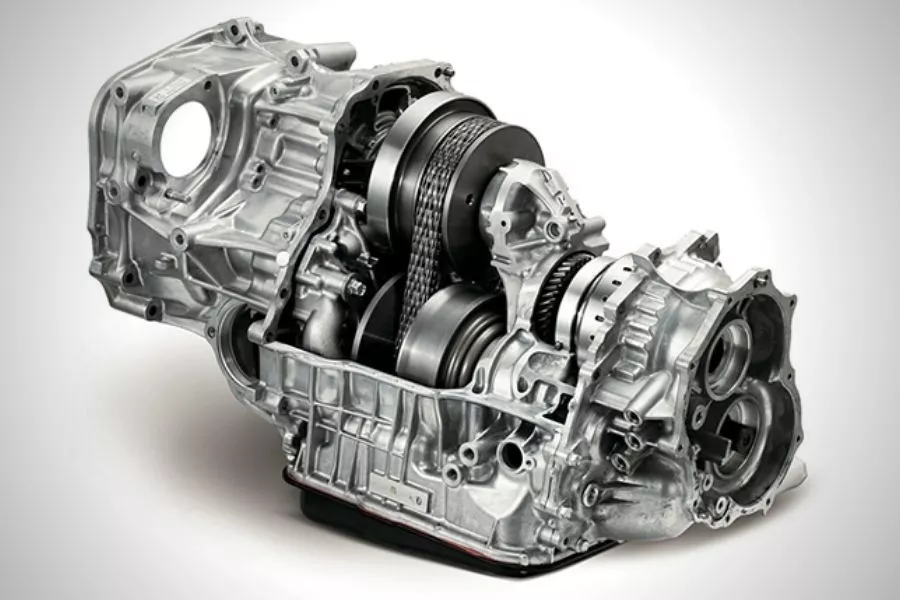
Subaru's Lineartronic CVT
Well, they’re not exactly wrong as the typical CVT on an affordable model is geared towards fuel economy. Apart from that, most people who like driving feel as if they’re disconnected from the car. They’re also harder to perform work on by amateur mechanics.
More importantly, however, is the CVT “Rubber Band Effect” wherein the engine speed seemingly becomes unrelated to the speed of the vehicle. In easier terms, CVTs usually exhibit a lag from pressing the pedal to acceleration.
But as with most things that are continuously developed, even the reviled CVT has been improved to a certain degree that it can handle relatively high power outputs. Sure, these aren’t common, but you’d be surprised to know that several high-performance cars in the market today are indeed using CVTs. Let’s check them out.
Lexus GS 450H
The first car on this list is the Lexus GS 450H. It’s a hybrid and it uses a CVT. This CVT however isn’t your run-of-the-mill belt and pulley CVT. Instead, it uses a pair of electric motors and a planetary gear set.
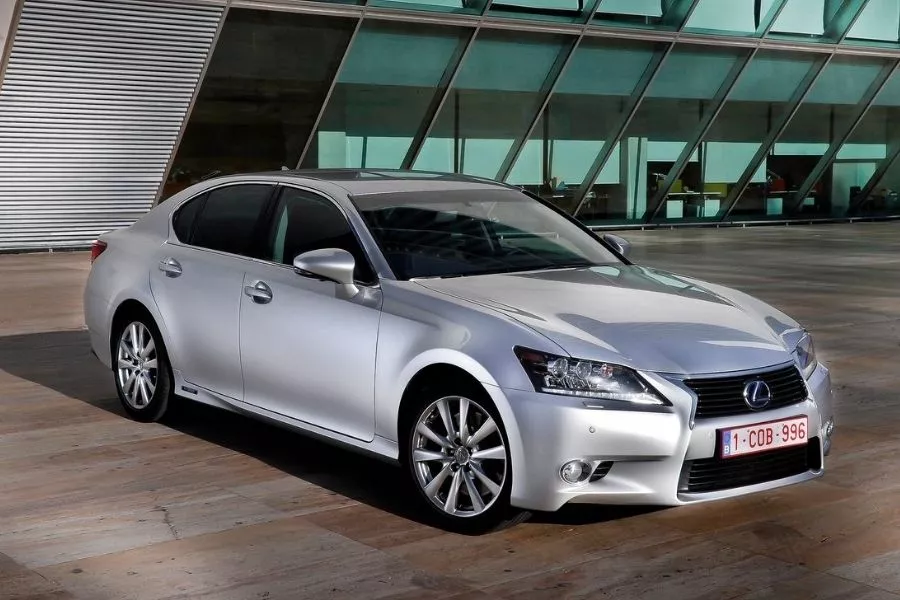
The GS 450H is powerful, but its more of an executive sedan than an outright sports car
To this end, it can handle the combined output of the GS 450H’s 3.5-liter V6 and electric motor. Specifically, the said powertrain can make up to 292 horsepower and 490 Nm. This enables it to achieve a claimed 0-100 km/h time of 5.9 seconds. Not bad for a CVT, yeah?
Toyota GR Yaris RS
Next up is the Toyota GR Yaris RS hatchback. But hold up, doesn’t the GR Yaris come with a 6-speed manual? Well, it does, but the Japanese-spec GR Yaris RS model uses the K120 “Direct Shift” CVT.
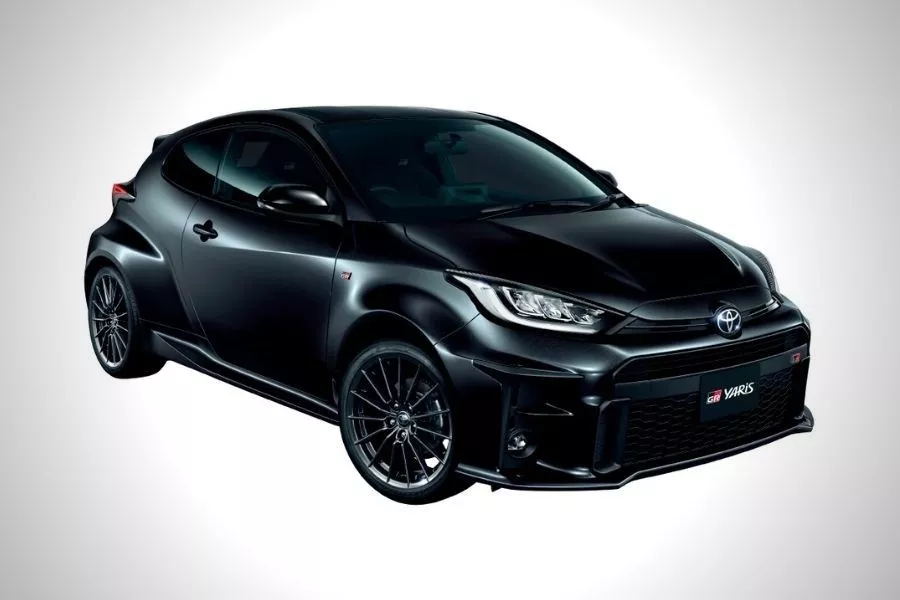
The Toyota GR Yaris RS is the "entry-level" variant for the Japanese market
What makes this particular CVT special is it comes with a physical first gear. The said gear is designed to handle low speeds, taking off from a standstill, or outright launching. The said CVT also has nine simulated gears. Other than that though, it’s a regular CVT with belts and pulleys.
Of note, the GR Yaris RS isn’t your typical hatchback either even if it’s the “lite-version” of the GR Yaris lineup. Sure, it uses a somewhat tiny 1.6-liter inline-3 engine, but its 118-horsepower output is still considerable in relation to its 1,130 kg weight. And of course, the GR Yaris RS still comes in a hot-looking two-door configuration – much like the more powerful and recently unveiled Philippine-spec GR Yaris.
Honda S660
Another car on this list is the Honda S660, and while it seemingly stretches the definition of what a “sports car.” In fact, the S660 is actually classed as a kei car, so it uses a 658-cc engine that’s able to put out up to 63 horsepower.
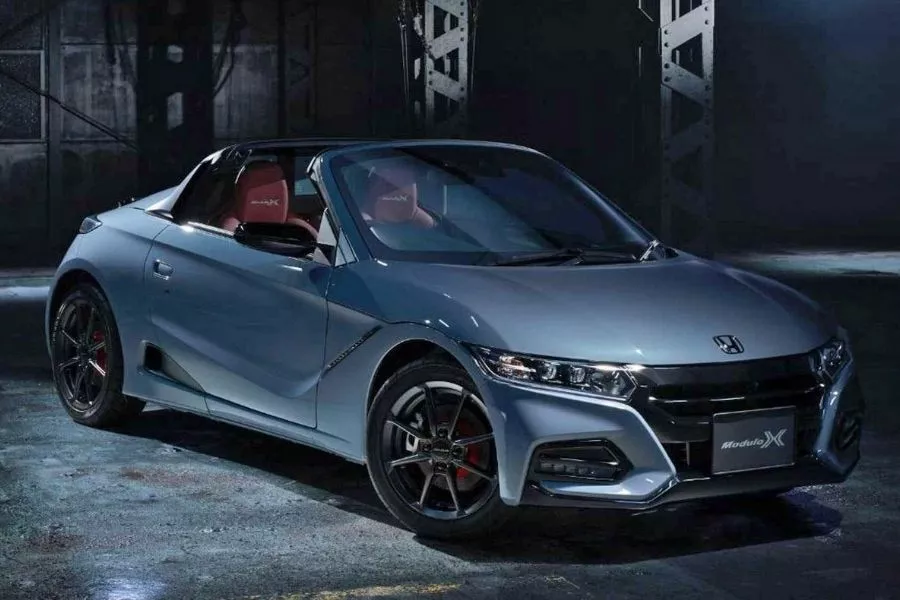
The 2021 Honda S660 Modulo X Version Z. The last iteration of the said model
The power however is sent to the rear wheels via a CVT with seven simulated gears. The most interesting bit about this car though is its mid-engine layout, so it's very much like a tinier version of the Honda/Acura NSX.
Audi A7 2.8 Sportback 3.0 TDI
And finally, here’s a sporty sedan from Bavaria: the Audi A7 2.8 Sportback 3.0 TDI. It uses a CVT, which is impressive considering that its engine is a 3.0-liter turbodiesel V6 engine. At most, this mill can churn out 201 horsepower and 400 Nm of torque. And that sure is a lot of twisting force for a CVT.
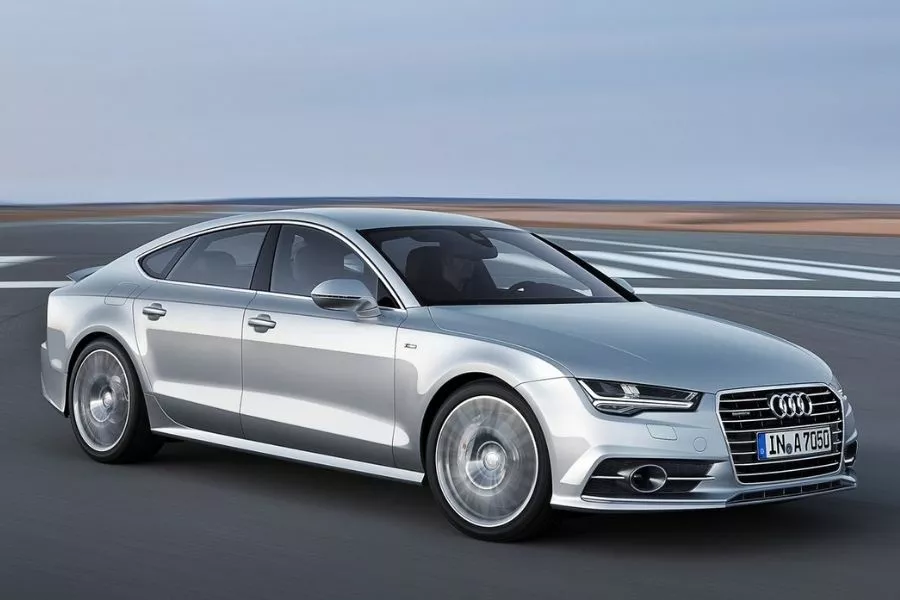
Like the GS 450H, the Audi A7 Sportback is more of an executive sedan. Still, its pretty powerful
Then again, Audi’s Multitronic CVT has a few tricks up its sleeve. For one thing, it uses a series of flat chain segments instead of a CVT push belt. It also gets its own cooling in the form of an oil cooler.
Do note though that the Multitronic CVT was discontinued by Audi back in 2014. It was then replaced by the new S tronic dual-clutch transmission.
Subaru WRX
One of the relatively fast cars that uses a CVT that’s available in the country is the Subaru WRX. Sure, it doesn’t have the muscle of the WRX STI, but it’s 2.0-liter boxer four engine can still make up to 266 horsepower and 350 Nm of torque. Compared to other CVT sedans, that’s nothing to scoff at.

The Subaru WRX. It can make for a fun but sensible daily driver
Of note, Subaru is one of the few car manufacturers out there that really like CVTs. Almost all of their models use that transmission type but the most notable exception of course is the WRX STI which uses a six-speed manual gearbox.
Lexus LC 500h
The most powerful car on this list is another Lexus. It also uses a CVT, and like the GS 450H it is also a hybrid. Just how powerful is it? Well it's V6 and electric motor powertrain can produce up to 354 horsepower and 348 Nm of torque.
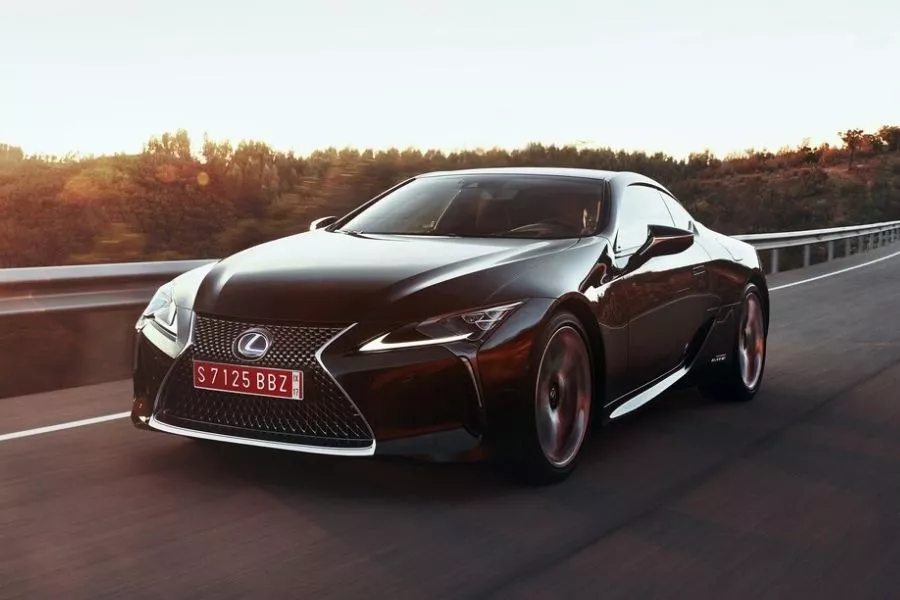
Striking is one word that aptly describes the LC 500h
Apart from the beefy powertrain, the LC 500h also assumes a two-door fastback coupe body style. It also uses a front-engine, rear-wheel-drive layout. As such, it is no doubt a sports car. Specifically though, it's actually a grand tourer since its very premium interior offers a lot of room.
So, do you still think that CVTs are boring after seeing these cars? For more interesting car articles like this, keep it here on Philkotse.com.
















